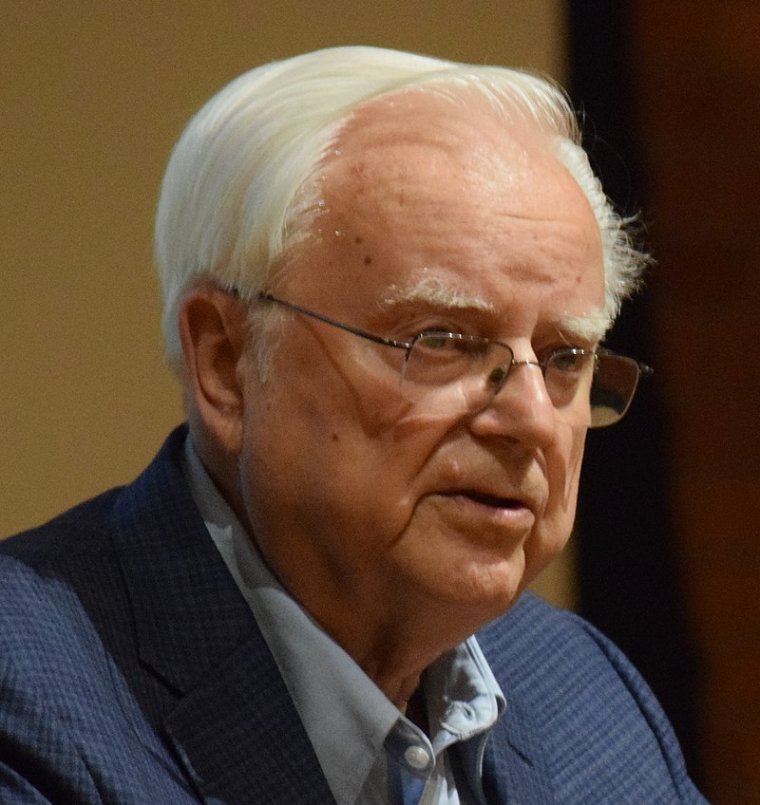On Friday, the family of astronomer Frank Drake announced that he passed away peacefully at 92 in his California home, near the site of his final academic position at the University of California, Santa Cruz. Drake made a number of contributions to radio astronomy, including serving as director of the Arecibo radio telescope facility. But Drake is probably best known for an equation that bears his name and his subsequent involvement in SETI efforts. His equation was the first significant attempt to estimate the probability of intelligent extraterrestrial life.
Drake did his PhD in radio astronomy, and his academic career continued with astronomy as a focus. That eventually brought him to the Arecibo observatory. Drake was involved in the observatory's conversion from a military research site to a civilian, science-focused facility, and he later became its director.
But Drake always had a side hustle: the attempt to find other intelligent life in the Universe. His most prominent contribution in this area was the formulation of what's now known as the Drake equation. It's purportedly a calculation—plug in the probabilities of a handful of things like the frequency of exoplanets around stars and the probability of life forming spontaneously, and out would pop the overall number of intelligent civilizations in our galaxy.
More realistically, however, the Drake equation is an effective way to organize our thinking about the question. For example, understanding the probability of life emerging spontaneously from chemicals is a hard problem, but it's a problem we can tackle because we understand a lot of chemistry. The probability of life being intelligent is essentially an impossible one to estimate given how poorly we understand the foundations of conscious thought.
Similarly, the equation can help direct technology development. Once exoplanets were discovered, it was clear that existing technology could be repurposed to provide an estimate of the frequency of planets around stars in our galaxy. Once we had a good estimate, work shifted to focusing on the habitability of those planets.
Drake first presented his equation in 1961, and he maintained an interest in the question of extraterrestrial life throughout his career. While at Arecibo, he was involved in a project that beamed a message from that facility to a cluster of stars. He also helped craft two messages sent with our first hardware that was expected to leave the Solar System: a plaque on Pioneer 10 and 11 and gold records placed on the Voyager probes. He was also involved with the SETI institute and served on its board of trustees.



3175x175(CURRENT).thumb.jpg.b05acc060982b36f5891ba728e6d953c.jpg)


Recommended Comments
There are no comments to display.
Join the conversation
You can post now and register later. If you have an account, sign in now to post with your account.
Note: Your post will require moderator approval before it will be visible.